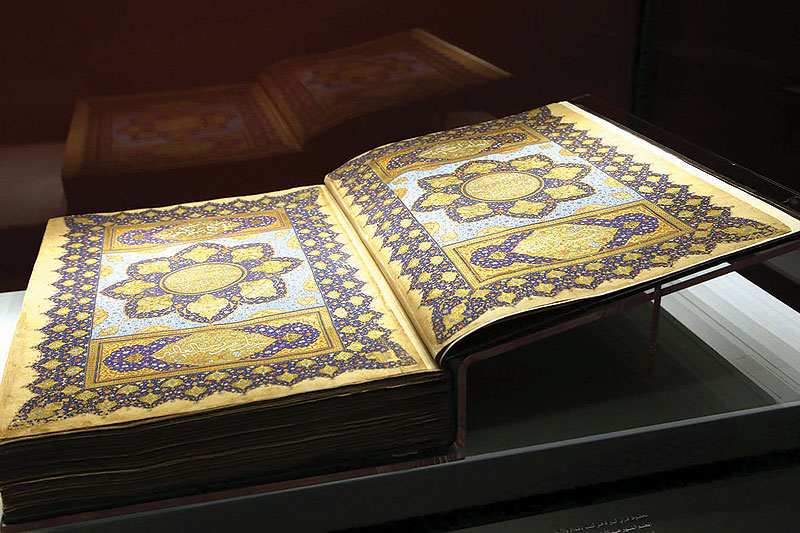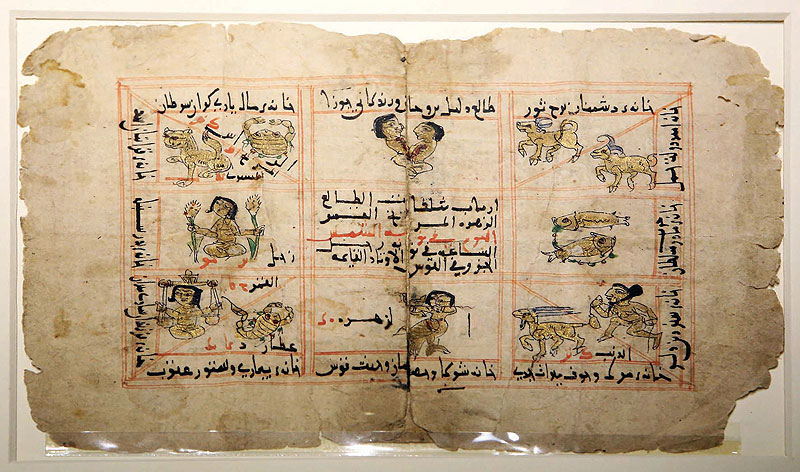
Curator of the Al-Sabah Collection Salam Kaoukji and Head of the National Council for Culture, Arts and Letters Kamel Al-Abduljalil jointly inaugurated an exhibition of the renowned Al-Sabah Collection at Amricani Cultural Centre on Tuesday. "This will be the temporary home of the collection until the National Museum is ready," said Kaoukji. "The venue is open to the public and can be viewed free of charge," she added.

Kaoukji said the artifacts are owned by Sheikh Nasser Sabah Al-Ahmad Al-Sabah and his wife Sheikha Hussa Al-Sabah Al-Salem Al-Sabah, but is loaned to Kuwait on a long-term basis. "The collection was previously displayed in Milan, Rome, Vienna, Manama and Seoul. Every display has a story, and it's written in Arabic and English. Our objective is to educate, enlighten and entertain people," she said.

The exhibition, titled "Al-Fann: Art from the Islamic Civilization", is an opportunity to see the most remarkable, historic and expensive collection of Islamic artifacts. The expo is part of Dar al-Athar al-Islamiyyah's 25th cultural season held under the auspices of Minister of Information Mohammad Al-Jabri.

The Al-Sabah Collection is presented in two primary themes. The first section displays objects in chronological order - from the 7th century "Origins of Islamic Art" through the 16th century "Apogee of the Great Empires", including the Ottomans, Safavids of Iran and Mughals of the Indian subcontinent. The second theme shifts the focus to the four dominant motifs in art from the Islamic world: Calligraphy, Arabesque, Figurative and Repeating Geometric Patterns.

Sheikh Nasser's passion for collecting artifacts started in the 1970s, when he purchased a mid-14th century enameled glass bottle from Syria. He now has around 30,000 objects, and those that are displayed at the exhibition are a mere portion of his collection - in fact only 200 of the most important pieces.
By Ben Garcia

